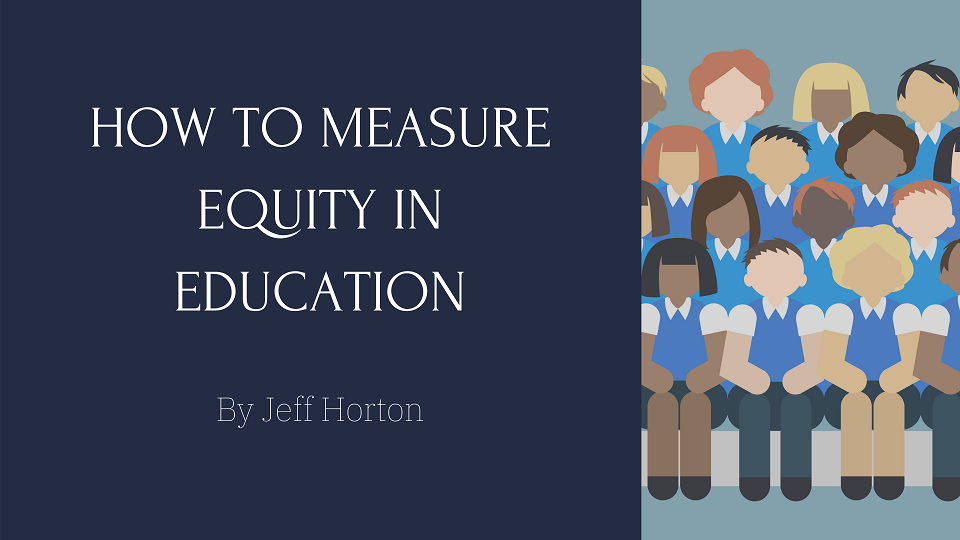Equity in learning can be very difficult to handle, as it is an inherently political issue. Equity requires we look at the goals sought by the population, and provide to each according to their need – unlike equality, which provides the same to all.
The difficulty in providing an equitable education is that by identifying which segments of the population are disadvantaged and require more, you also identify the ones that have an advantage. The privileged often feel as though their achievements and struggles are disregarded or overlooked when these advantages are pointed out.
But the numbers are clear. In many countries, only 1 in 4 lower-income children will complete primary education, versus 3 in 4 higher-income children.
The Handbook
The Handbook on Measuring Equity in Education produced by the UNESCO Institute for Statistics, FHI 360 Education Policy Data Centre, Oxford Policy Management, and the Research for Equitable Access and Learning (REAL) Centre at the University of Cambridge.
The Handbook seeks to provide practical guidance on the calculation and interpretation of indicators designed to target the most disadvantaged groups.
The Criteria
1. Meritocracy
Many education systems apply a meritocratic approach when it comes to distributing educational opportunities. The child with the best test scores gets to the best college. However, in practice, this is fraught with controversy. Does the merit measure (e.g. test scores) correlate with wealth too consistently? With gender? For a properly meritocratic system, the goal should be to push for only the merit measure to be correlated with the outcome goal (e.g graduation, college admissions, etc.
2. Minimum Standards
Somewhat in opposition to the meritocracy is a minimum standard, in which a basic level of achievement (E.g. Literacy, highschool graduation, etc.) is sought after for all students. This is perhaps the simplest way of thinking about equity, as the goal is simply to ensure a 100% attainment of the goal. The United Nations Millenium Goals included universal primary education as a minimum standard for developing and developed nations.
3. Impartiality
Equality of opportunity is a common concept in political and philosophical realms, and usually refers to ensuring the outcome of a person’s situation is purely connected to what they can control. However, it is difficult to hold a child responsible for their own talents or motivations in the same way we would with an adult, who has more agency. So educationally speaking, Impartiality is the term more often used.
Some of the more commonly used impartiality measures include race, gender, and income.
4. Equality of condition
Where impartiality is focused on how a variable (such as test scores) correlates with circumstances (like race), equality of condition looks at how that variable is distributed among the entire population. This is is often the way that economic inequality is examined: If everyone had the same net worth, then a graph of worth and population would form a flat line as they correlate cleanly. This is useful for more universal or generic inputs, like years of education, public expenditure, or time spent on education outside of the institution.
5. Redistribution
To equalize educational outcomes, many governments decide to distribute educational resources unequally. Providing lower-performing or disadvantaged institutions resources to compete with more privileged ones. Monitoring the success of this redistribution is very useful for understanding how well inputs compensate for disadvantages – how well does expenditure compensate for a region’s high poverty rates, for example. This can be complicated by what factors you are putting against expenditure – a population with more learning disabilities or ESL students may merit higher education expenditure, but race and gender will not.
Content originally published to jeffhorton.info


